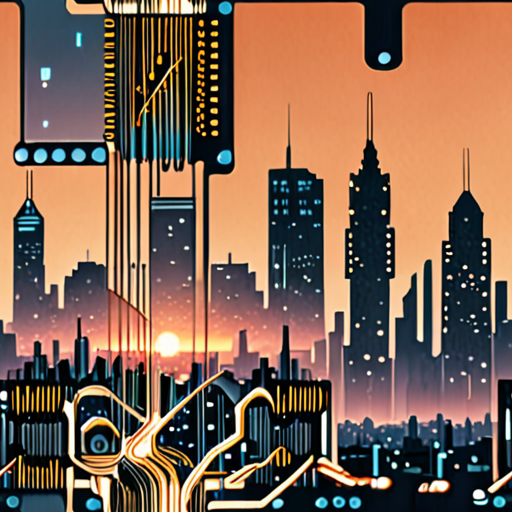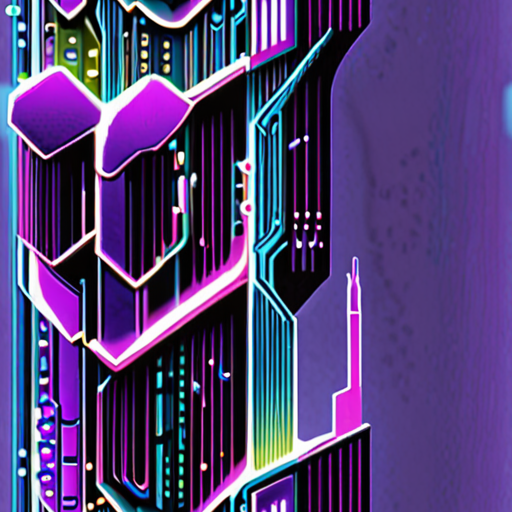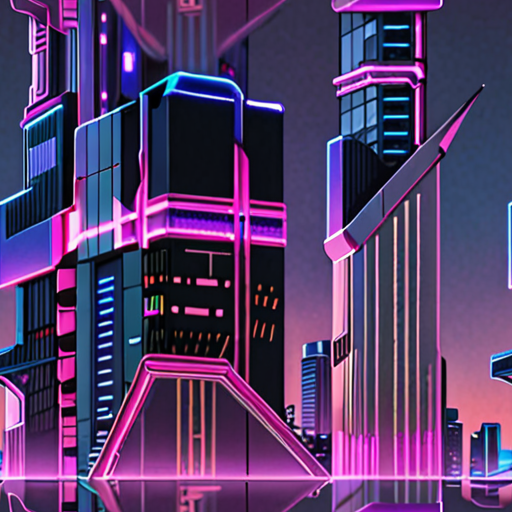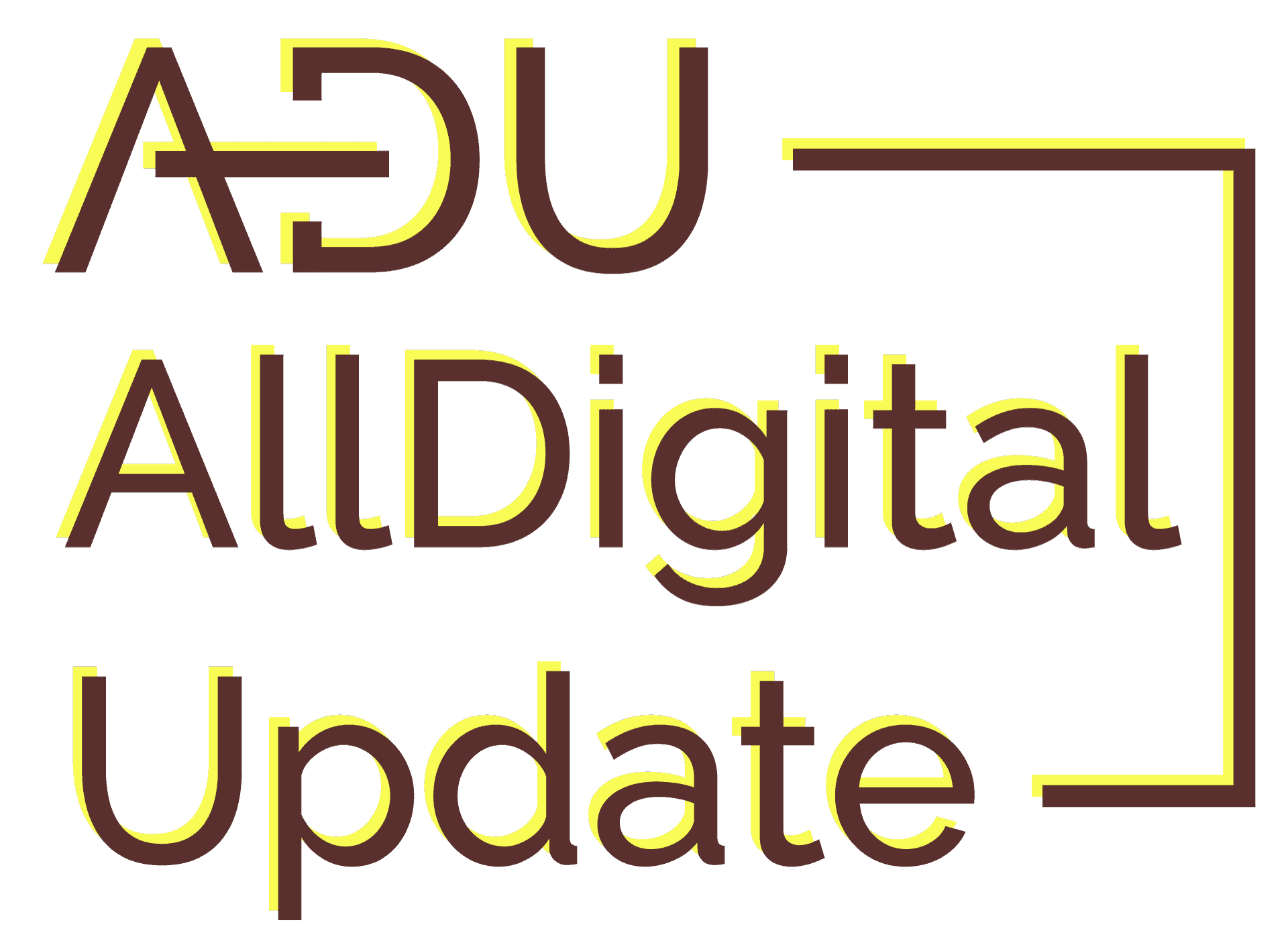The world of web development is constantly evolving, driven by innovative technologies and shifting consumer demands. As we navigate the ever-changing landscape of digital innovation, it’s essential to stay informed about the latest web technologies and trends shaping the industry. From emerging frameworks and programming languages to cutting-edge design principles and user experience strategies, there’s never been a more exciting time to explore the possibilities of web development.

What is the Latest Website Technology?
We’re living in an era of rapid technological advancements, and the web development landscape is no exception.
- Progressive Web Apps (PWAs): PWAs offer a seamless user experience, combining the benefits of native apps and mobile websites. They load quickly, work offline, and send push notifications.
- Serverless Architecture: Serverless computing eliminates the need for server management, allowing developers to focus on coding rather than infrastructure. This approach reduces costs and increases scalability.
- Artificial Intelligence (AI) and Machine Learning (ML): AI and ML are revolutionizing web development by enabling personalized experiences, predictive analytics, and automated processes.
- Headless CMS: Headless CMS decouples the presentation layer from the content management system, allowing for greater flexibility and faster development.
- WebAssembly (WASM): WASM enables developers to run code written in languages like C++ and Rust in web browsers, opening up new possibilities for high-performance applications.
- Single-Page Applications (SPAs): SPAs provide a fast and responsive user experience by loading a single page and dynamically updating content through JavaScript.
- Content Delivery Networks (CDNs): CDNs distribute content across multiple servers worldwide, reducing latency and improving page load times.
- Web Security: As web applications become increasingly complex, security remains a top concern. Developers must stay vigilant against threats like SQL injection and cross-site scripting (XSS).
- Accessibility: With the rise of PWAs and SPAs, accessibility has become a critical aspect of web development. Ensuring that websites are accessible to users with disabilities is essential for compliance and user experience.
- Mobile-First Design: Mobile-first design prioritizes mobile devices, ensuring that websites are optimized for smaller screens and touch-based interactions.
- Responsive Design: Responsive design adapts to various screen sizes and devices, providing a consistent user experience across different platforms.
- Web Performance Optimization: Optimizing web performance involves techniques like code splitting, lazy loading, and image compression to reduce page load times and improve user engagement.
- DevOps and Continuous Integration/Continuous Deployment (CI/CD): DevOps and CI/CD streamline the development process, enabling teams to deploy updates rapidly and reliably.
In conclusion, the latest website technologies are focused on delivering fast, secure, and accessible experiences that cater to diverse user needs. By embracing these innovations, developers can create cutting-edge web applications that drive business success and user satisfaction.
What are the New Technologies for Web Development in 2024?
We’re living in an era of rapid technological advancements, and web development is no exception. As we step into 2024, several exciting trends and technologies are emerging to revolutionize the way we build and interact with websites.
-
Augmented Reality (AR) and Virtual Reality (VR)
AR and VR technologies are becoming increasingly popular in web development, enabling creators to build immersive and interactive experiences for users. With AR, developers can overlay virtual information onto real-world environments, while VR allows users to fully immerse themselves in virtual worlds.
-
Artificial Intelligence (AI) and Machine Learning (ML)
AI and ML are transforming web development by enabling the creation of smarter, personalized websites. These technologies allow developers to build chatbots, predictive analytics tools, and recommendation engines that enhance user experiences and drive engagement.
-
The Internet of Things (IoT)
The IoT refers to the network of interconnected devices and sensors that collect and exchange data. In web development, IoT enables the creation of smart applications that integrate with various devices and systems, making our lives easier and more convenient.
-
Progressive Web Apps (PWAs)
PWAs offer a seamless user experience by combining the benefits of native apps and mobile websites. They provide fast loading speeds, offline access, and push notifications, making them an attractive option for developers looking to create high-quality web applications.
-
Serverless Architecture
Serverless architecture eliminates the need for server management, allowing developers to focus on building scalable and efficient web applications. This approach reduces costs, improves reliability, and enhances security, making it an ideal choice for modern web development.
-
Headless CMS
A headless CMS decouples the presentation layer from the content management system, enabling developers to build custom interfaces and experiences. This approach offers greater flexibility, scalability, and security, making it a popular choice for web development projects.
-
WebAssembly (WASM)
WASM is a binary instruction format that allows developers to run code written in languages like C, C++, and Rust in web browsers. This technology enables the creation of high-performance web applications, making it an attractive option for game development, scientific simulations, and other compute-intensive tasks.
-
Single-Page Applications (SPAs)
SPAs provide a seamless user experience by loading a single page and updating it dynamically. This approach reduces page reloads, improves performance, and enhances user engagement, making it a popular choice for modern web development projects.
-
Content Delivery Networks (CDNs)
CDNs distribute content across multiple servers worldwide, reducing latency and improving page load times. This approach enhances user experience, increases conversions, and boosts search engine rankings, making it an essential component of modern web development.
-
Accessibility and Inclusive Design
Accessibility and inclusive design are critical components of modern web development. Developers must ensure that their applications are accessible to users with disabilities, comply with accessibility standards, and provide an inclusive user experience.
-
Cross-Browser Compatibility
Cross-browser compatibility ensures that web applications work seamlessly across different browsers and devices. Developers must test their applications thoroughly to ensure that they meet cross-browser compatibility standards.
-
Security and Data Protection
Security and data protection are paramount in modern web development. Developers must implement robust security measures, protect user data, and comply with data protection regulations to ensure that their applications are secure and trustworthy.
-
DevOps and Continuous Integration/Continuous Deployment (CI/CD)
DevOps and CI/CD enable developers to automate testing, deployment, and monitoring processes, improving efficiency, reducing errors, and enhancing collaboration. This approach streamlines web development workflows, making it an essential component of modern web development.
-
Cloud Computing and Cloud Services
Cloud computing and cloud services provide scalable, on-demand infrastructure and resources for web development projects. Developers can leverage cloud services to reduce costs, improve reliability, and enhance security, making it an attractive option for modern web development.
-
Blockchain and Cryptography
Blockchain and cryptography technologies are emerging in web development, enabling the creation of secure, decentralized, and transparent applications. Developers can leverage these technologies to build trust-based systems, secure data storage, and protect user identities.

What is the Next Big Thing in Web Development?
In today’s fast-paced digital landscape, staying ahead of the curve is crucial for businesses looking to stay competitive.
- Augmented Reality (AR) : As AR technology continues to advance, its applications in web development are becoming increasingly prominent.
- Progressive Web Apps (PWAs) : PWAs offer a seamless user experience, combining the benefits of native apps with the flexibility of web-based applications.
- Serverless Architecture : With the rise of cloud computing, serverless architecture has become a popular choice for developers seeking greater scalability and cost-effectiveness.
- Artificial Intelligence (AI) Integration : AI-powered tools are revolutionizing web development, enabling developers to create more intuitive and personalized user experiences.
- WebAssembly (WASM) : WASM allows developers to run code written in languages like C++ and Rust in web browsers, opening up new possibilities for high-performance web applications.
- Headless CMS : Headless CMS solutions enable developers to decouple content management from presentation layers, offering greater flexibility and customization options.
- Single-Page Applications (SPAs) : SPAs provide a faster and more responsive user experience, making them an attractive choice for modern web development projects.
- Blockchain-Based Solutions : Blockchain technology is being explored for its potential to enhance security, transparency, and trust in web-based applications.
- Accessibility Features : As web accessibility becomes increasingly important, developers are incorporating features like screen readers, closed captions, and high contrast modes into their designs.
- Machine Learning (ML) Model Deployment : ML models can now be deployed directly to web applications, enabling real-time predictions and recommendations.
These emerging trends and technologies are poised to shape the future of web development, offering exciting opportunities for innovation and growth.

Web Technology Trends for 2025
We’re living in an era of rapid technological advancement, and the web development landscape is no exception. As we look ahead to 2025, several trends are poised to shape the future of web development.
-
Artificial Intelligence (AI)
AI is becoming increasingly integral to web development, enabling developers to create more intuitive and personalized user experiences. From chatbots to predictive analytics, AI-powered tools are revolutionizing the way businesses interact with their customers.
-
Progressive Web Apps (PWAs)
PWAs offer a seamless and engaging user experience, blurring the lines between mobile apps and websites. With features like offline support and push notifications, PWAs are set to become the norm in 2025.
-
Serverless Architecture
Serverless architecture allows developers to build scalable and cost-effective applications without worrying about infrastructure management. This trend is gaining momentum, particularly among startups and small businesses.
-
Web3 and Blockchain
Web3 represents the next generation of the internet, built on blockchain technology and decentralized networks. This shift promises greater security, transparency, and control for users.
-
Headless CMS
Headless CMS enables developers to decouple content creation from presentation, allowing for greater flexibility and scalability. This trend is particularly appealing to businesses looking to create immersive and interactive experiences.
-
Single-Page Applications (SPAs)
SPAs offer a fast and responsive user experience, making them ideal for complex and dynamic applications. With frameworks like React and Angular, SPAs are becoming increasingly popular.
-
Accessibility and Inclusive Design
As the web becomes increasingly global, accessibility and inclusive design are taking center stage. Developers must prioritize creating experiences that cater to diverse needs and abilities.
-
Content Delivery Networks (CDNs)
CDNs enable businesses to distribute content efficiently across the globe, reducing latency and improving overall performance. This trend is essential for companies with international audiences.
-
Real-Time Data Analytics
Real-time data analytics empowers businesses to make informed decisions quickly, driving growth and competitiveness. This trend is particularly relevant in industries like e-commerce and finance.
-
Cross-Browser Compatibility
Cross-browser compatibility ensures that applications function seamlessly across various browsers and devices. This trend is crucial for businesses seeking to reach a broad audience.
In conclusion, the web technology landscape in 2025 will be shaped by innovative trends that prioritize user experience, scalability, and inclusivity. By embracing these developments, businesses can stay ahead of the curve and deliver exceptional online experiences.
Which Technology Will Boom in 2030?
We’re living in an era of rapid technological advancements, and several emerging technologies are poised to revolutionize various industries.
-
Augmented Reality (AR)
AR has been gaining traction in recent years, and its adoption is expected to surge in the next decade.
With the development of advanced AR glasses and headsets, we can expect to see widespread adoption in fields like education, entertainment, and retail.
-
Artificial Intelligence (AI)
AI has already started transforming industries like healthcare, finance, and manufacturing.
In 2030, we can expect AI to become even more pervasive, driving automation, decision-making, and personalized services.
-
Quantum Computing
Quantum computing has the potential to solve complex problems that are currently unsolvable with traditional computers.
As quantum computing becomes more accessible, we can expect breakthroughs in fields like medicine, materials science, and climate modeling.
-
Internet of Things (IoT)
The IoT has already connected billions of devices worldwide, and its growth is expected to continue in the next decade.
With the increasing adoption of smart homes, cities, and industries, we can expect to see significant improvements in efficiency, productivity, and sustainability.
-
Blockchain
Blockchain technology has the potential to transform industries like finance, supply chain management, and identity verification.
As blockchain adoption grows, we can expect to see increased security, transparency, and trust in these sectors.
These emerging technologies have the potential to disrupt various industries and create new opportunities for innovation and growth.
As we move forward into the next decade, it’s essential to stay informed about the latest developments and trends in these areas.

What Technology Will Be In 5 Years Time?
The next five years will witness significant advancements in various technological fields, transforming industries and our daily lives.
- Artificial Intelligence (AI) : AI will continue to evolve, becoming increasingly integrated into various sectors, including healthcare, finance, and education. AI-driven systems will enhance decision-making capabilities, automate tasks, and improve overall efficiency.
- Internet of Things (IoT) : The IoT will expand, connecting more devices, homes, and cities, enabling seamless communication and data exchange. This will lead to improved infrastructure management, enhanced public services, and increased convenience.
- Quantum Computing : Quantum computing will start to emerge, offering unparalleled processing power and solving complex problems in fields like medicine, climate modeling, and materials science.
- Extended Reality (XR) : XR, encompassing Virtual Reality (VR), Augmented Reality (AR), and Mixed Reality (MR), will become more prevalent, revolutionizing entertainment, education, and social interactions.
- Cybersecurity : As technology advances, cybersecurity threats will escalate. To combat these risks, advanced security measures, such as AI-powered threat detection and blockchain-based encryption, will become essential.
- Sustainable Energy : Renewable energy sources, like solar and wind power, will continue to gain traction, reducing our reliance on fossil fuels and mitigating climate change.
- Biotechnology : Biotech innovations will transform healthcare, enabling personalized medicine, regenerative therapies, and advanced diagnostic tools.
- 5G and 6G Networks : Next-generation wireless networks will provide faster speeds, lower latency, and greater connectivity, empowering widespread adoption of IoT, AR, and VR applications.
Key Technologies to Watch:
- Nanotechnology : Nanoscale engineering will unlock breakthroughs in materials science, electronics, and medicine.
- Brain-Computer Interfaces (BCIs) : BCIs will enable people to control devices with their thoughts, revolutionizing assistive technology and human-computer interaction.
- Synthetic Biology : Synthetic biologists will design and engineer novel biological systems, leading to innovative solutions in agriculture, biofuels, and pharmaceuticals.
Conclusion:
The next five years will be marked by rapid technological progress, transforming various aspects of our lives. By staying informed about these emerging trends and innovations, we can harness their potential to drive positive change and create a better future for all.

0 Comments